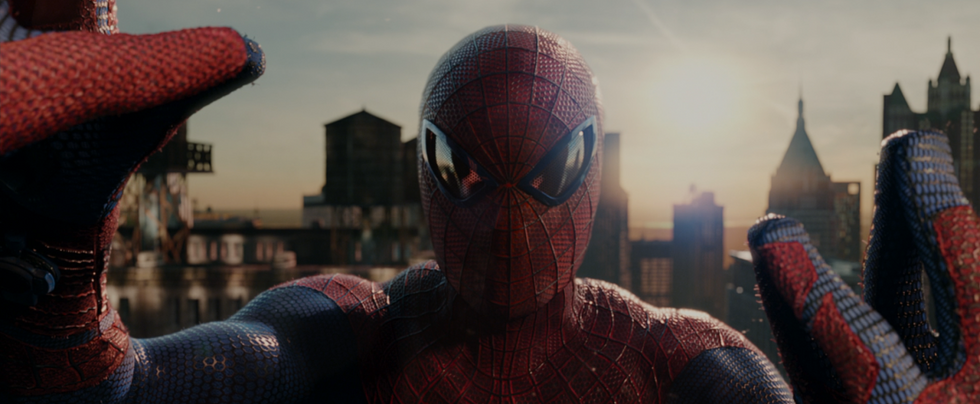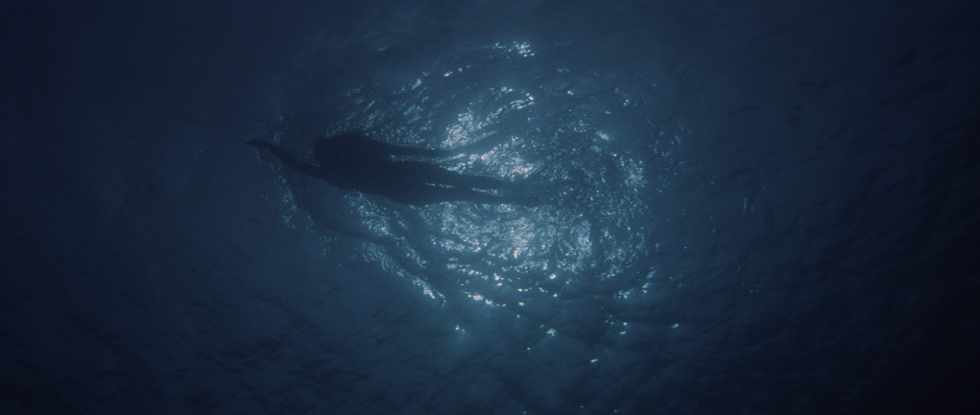Choosing the Right Tool: DLSR vs Camcorder
This is a guest post by Alexander Fox, founder of 5DFilmMaking and Vid35.

The primary question that has to be answered before considering an equipment purchase is always, “Why do I need this?” With that in mind, let’s skip the usual list of specific product pros and cons, and look primarily at which camera attributes are most useful for different types of projects. To compare apples to apples, I’m going to confine the scope of this discussion to cameras that cost less than $10,000, so I’m not going to mention any high-end formats and gear.
One-Time Events
Commemorating important moments in other people’s lives is the bread-and-butter of many photographers, and it’s a subject that lends itself naturally to video. You can use a DSLR to make a beautiful video scrapbook or highlight reel of an event, but trying to record something like a wedding ceremony with a DSLR turns into a sweaty, stomach-clenching struggle with razor-thin depth of field and 12-minute record limits. Moreover, the fact that many events generate numerous hours of footage (which usually has to be transcoded for editing, at the very least doubling the amount of hard drive space required) quickly turns into a storage nightmare for a busy professional. Therefore, in my opinion, traditional tape-based video cameras are still the best choice for event videos. HDV cameras are relatively inexpensive, offer you the options of autofocus, autoexposure, and auto-white-balance, and they record an HD signal onto cheap DV tapes, which come in lengths up to 180 minutes. Once you’re done with the edit, you can delete all your raw footage, keep the tiny project file safely backed up, and simply put the tape on the shelf. In three years, when the FBI decides that a wanted fugitive was at the wedding and requests your raw footage, you can simply pull the tape off your shelf.
Sports and News
Most news and sports photographers aren’t interested in keeping massive digital archives. For these folks, tapeless video formats, such as Sony’s XDCam or Panasonic’s P2-based cameras, are ideal. The compression is less severe than HDV, which is great for broadcast. You can copy the footage off the cards, distribute it to your clients, erase everything you don’t need, and then do it all over again an unlimited number of times. As with HDV, the small imaging sensors on these camcorders provide a much more forgiving depth of field than DSLRs. Again, the full array of automatic functionality (focus, exposure, white balance) can be turned on or off as you see fit. In addition, most camcorders offer much more high-quality audio capabilities than any DSLR.
Corporate and Commercial
This is the area I spend most of my time working in, and is the reason I’ve embraced DSLR video. While events, sports and news have traditionally been shot on video, commercial work has historically been filmed on 16mm or 35mm. With a DSLR, I can craft an image using the exact same toolset I would use with a film camera, resulting in footage that closely approximates the look of what’s captured by equipment that costs 10 to 100 times as much. That “wow” factor makes it worthwhile for me to deal with the many shortcomings of DSLR cameras. When the next generation of 35mm camcorders is released, I may well move on to a piece of equipment that combines the best of both worlds, but until then, nothing can touch the cost-to-quality ratio of DSLR video for commercial and corporate projects. For these jobs, 12-minute record times are rarely an issue, audio is usually tightly controlled, and it’s usually possible to shoot several takes of each shot. Obviously, all the same advantages apply to narrative projects as well, which is why the season finale of the hit TV show “House” was shot with three 5D Mark II cameras.
There’s a natural tendency to look at any newer technology as a hammer, and any older problem as a nail. However, before you rush out and spend thousands of dollars on video accessories for your DSLR, take some time to consider your options, and select the equipment that’s going to work best for your purposes:
- If long-term storage and ease of use are important, consider an HDV camera.
- If quick turnaround and broadcast-quality footage are your primary concerns, take a look at tapeless camcorders from Sony or Panasonic.
- If what you really need is a film-style look, and you can deal with a film-style workflow, then you may well want to build that DSLR kit.
Regardless of what camera you choose today, try to invest in support equipment – quality microphones, lights, monitors, grip gear – that will work equally well with the camera you’ll be working with tomorrow.
[Note: this post originally appeared in a slightly different form at Vid35]


 'The Amazing Spider-Man' (2012)
'The Amazing Spider-Man' (2012) 'Jaws' (1975)
'Jaws' (1975)









